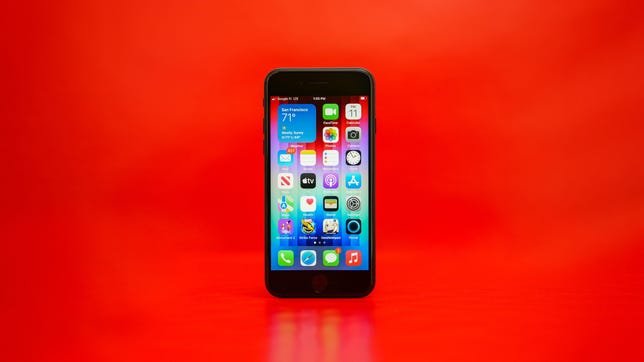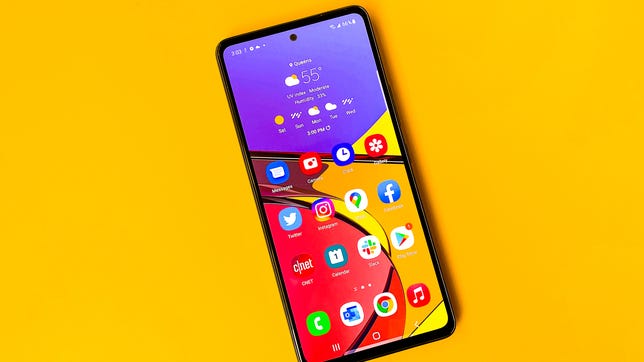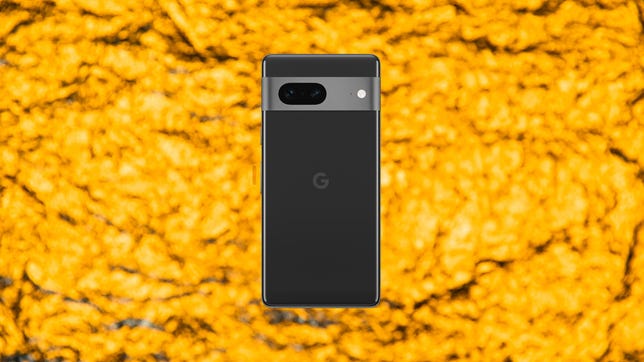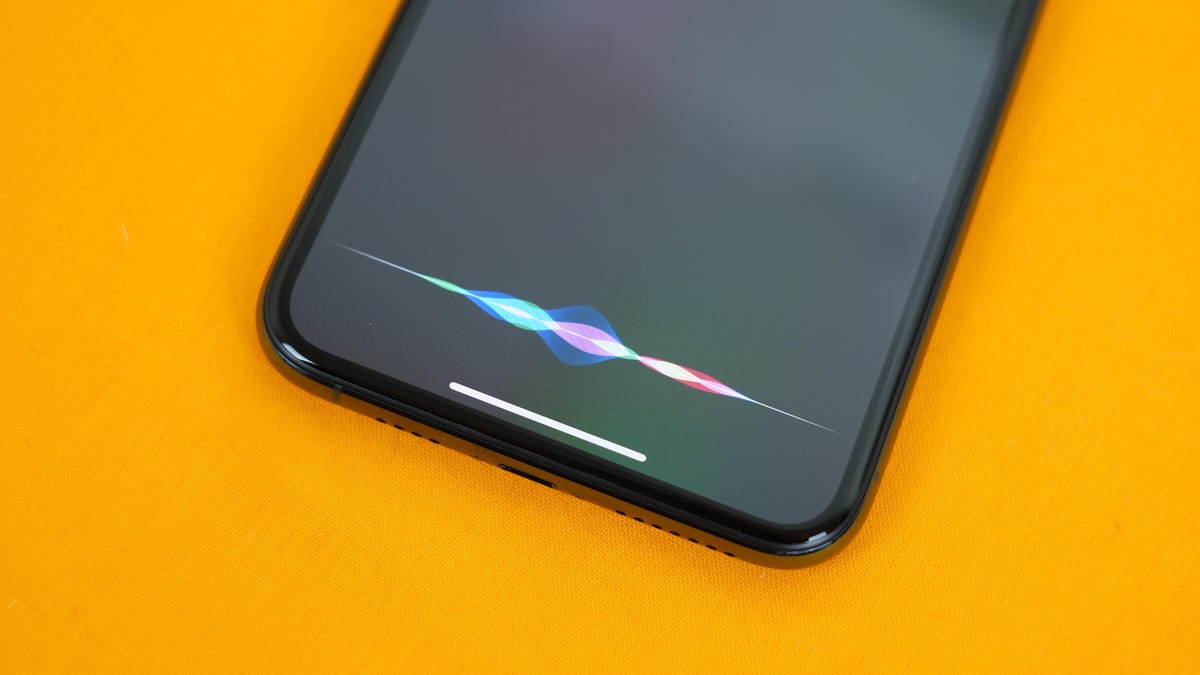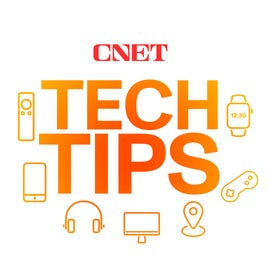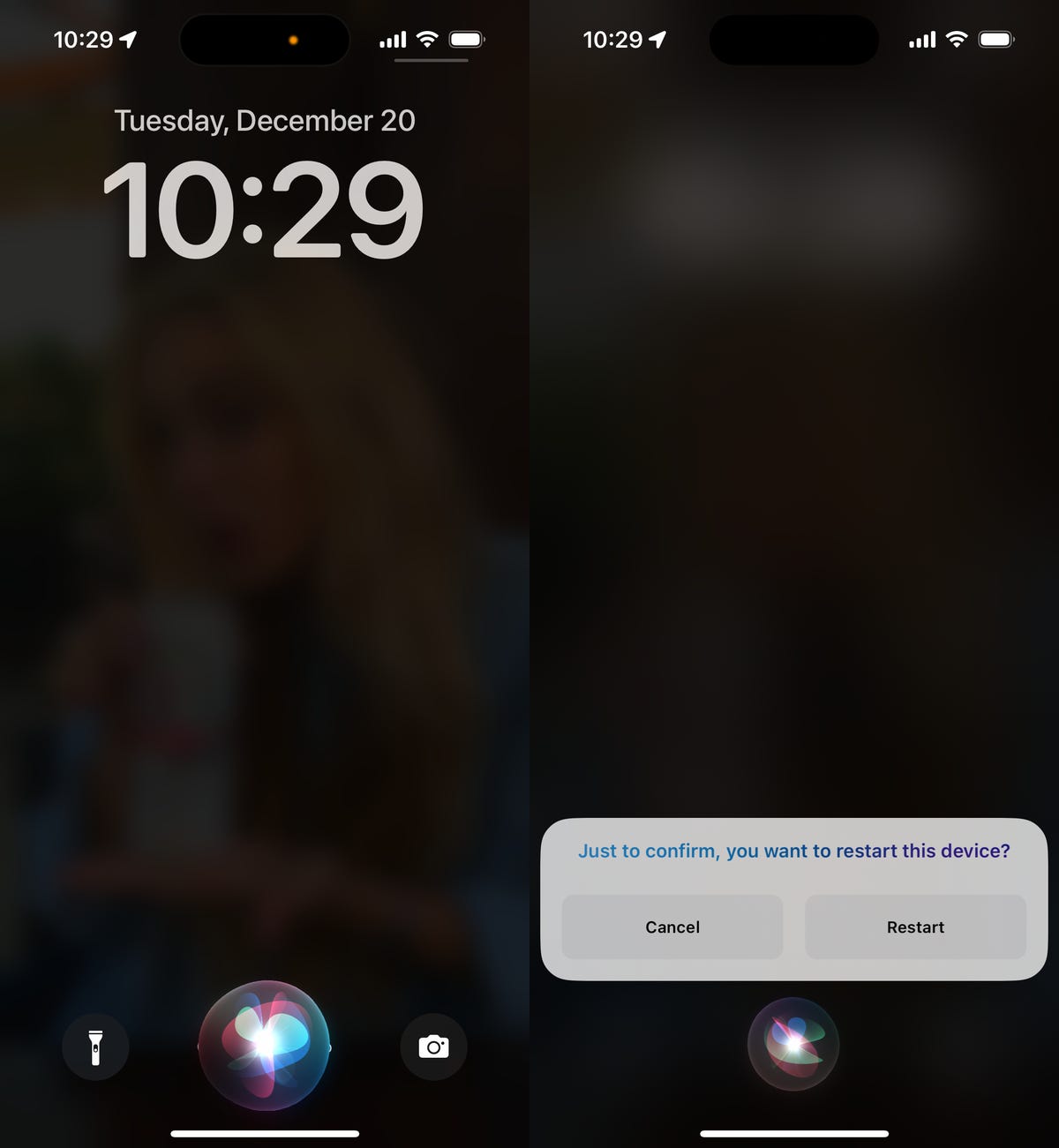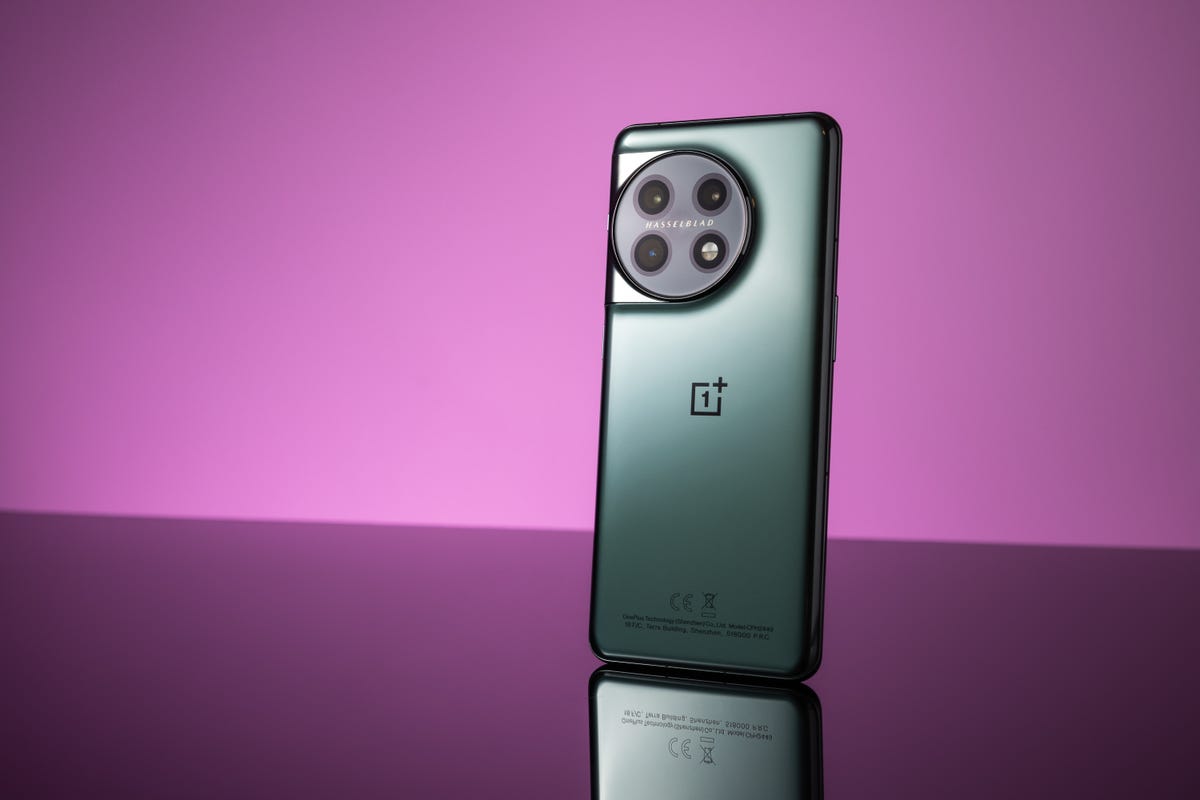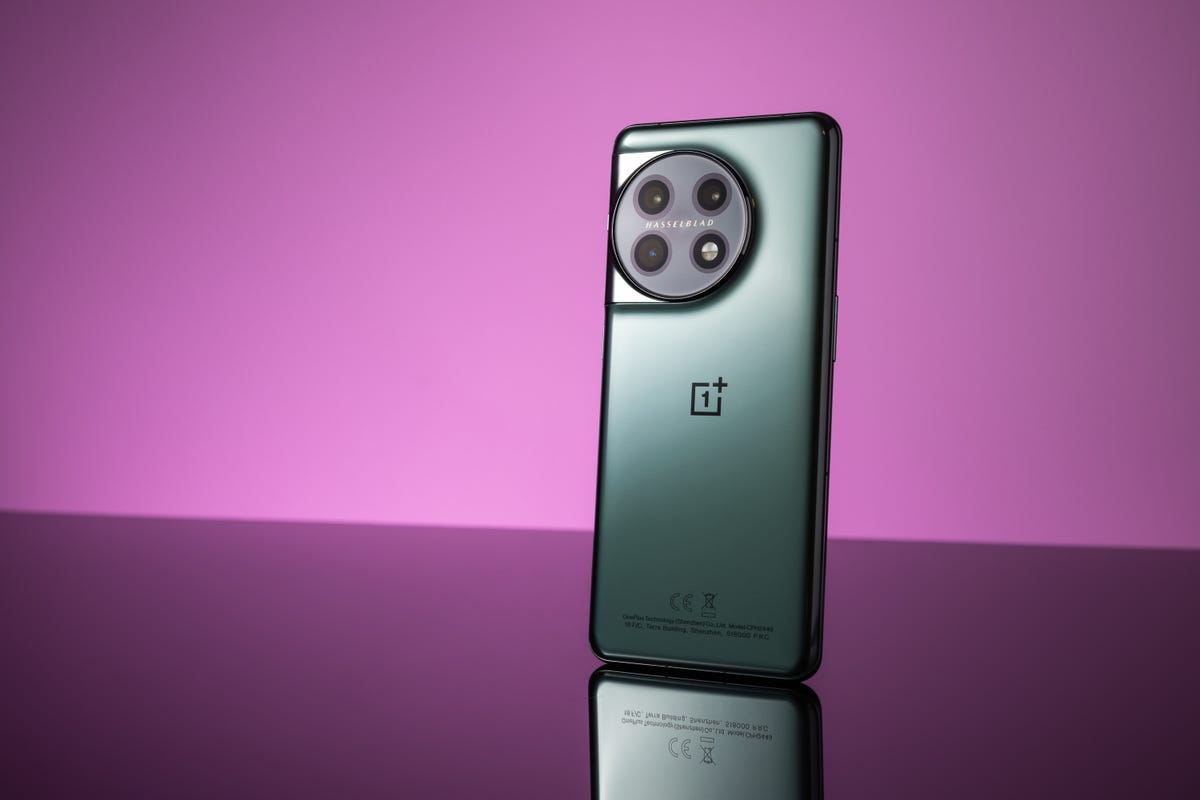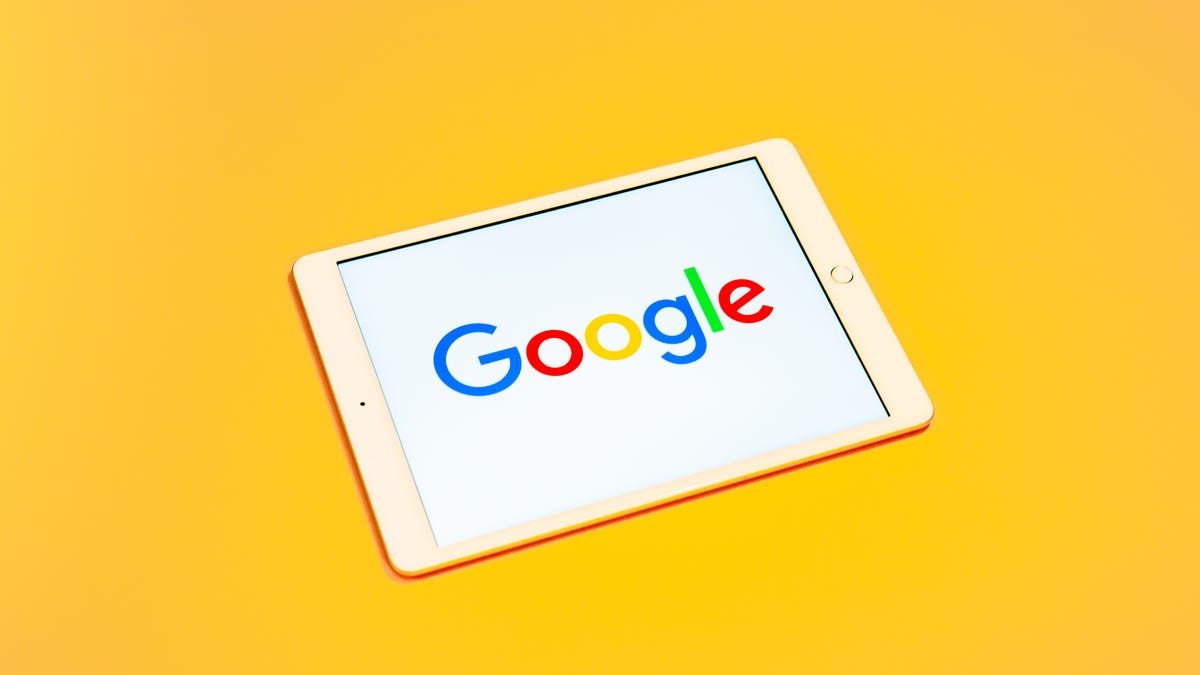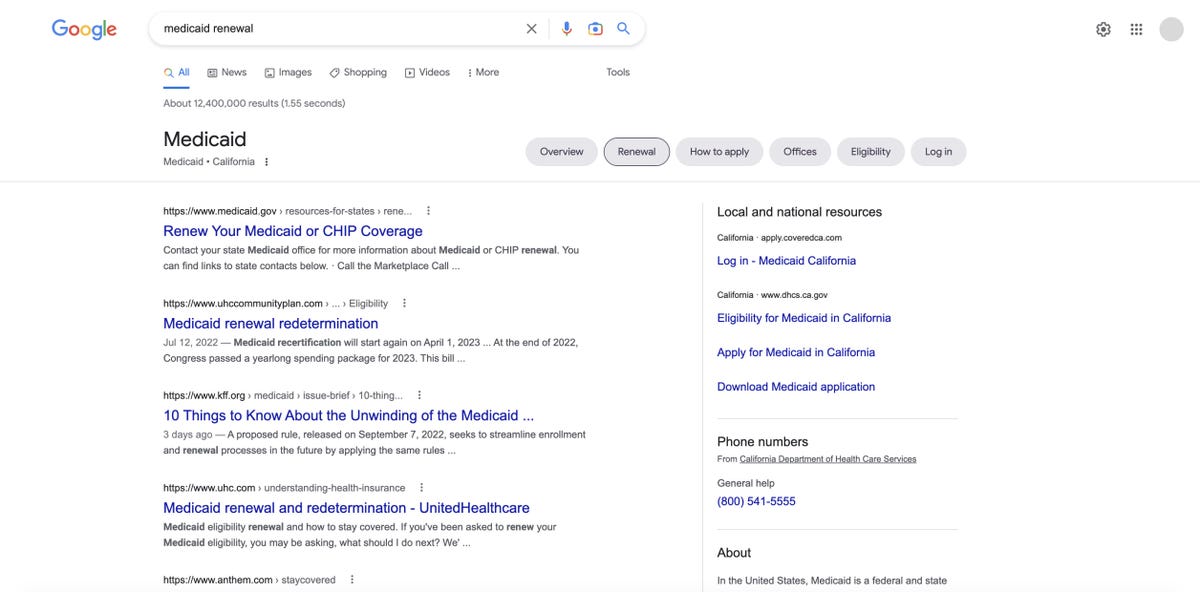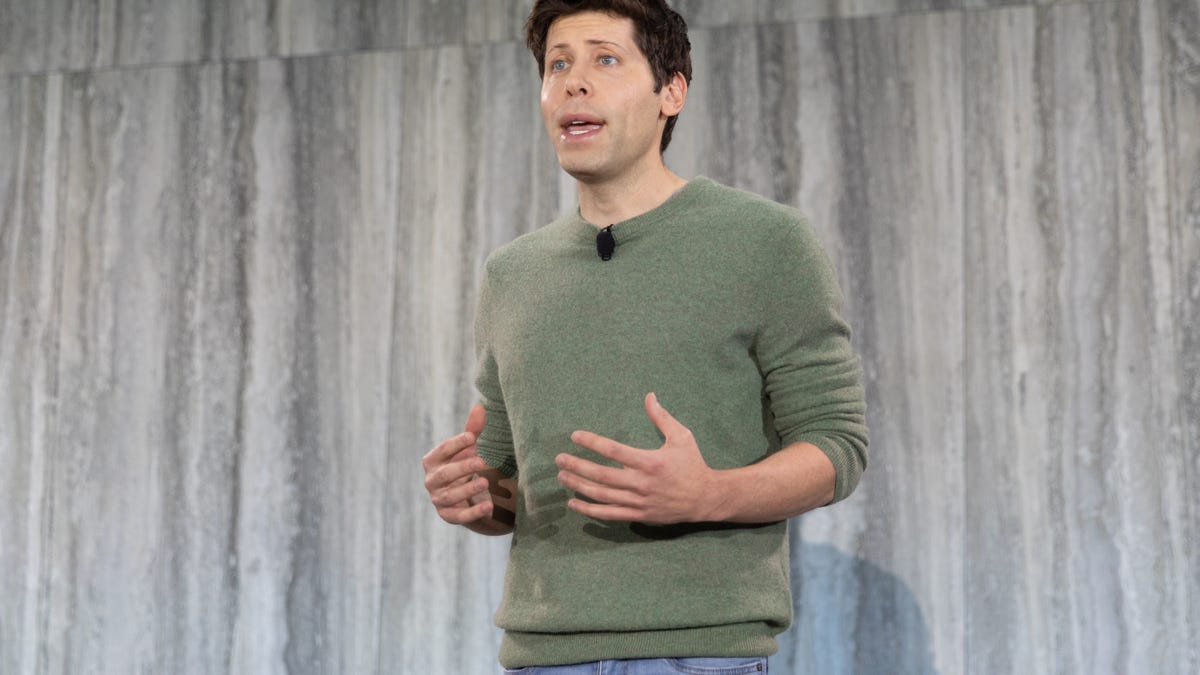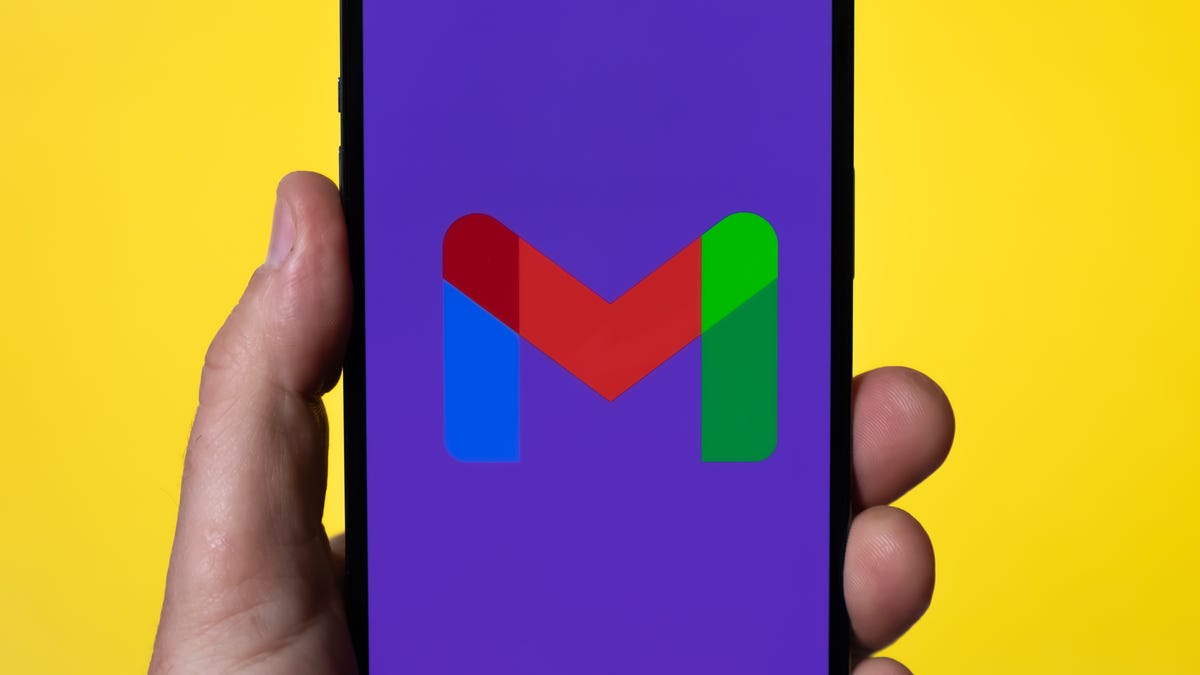It’s not always the easiest thing meeting new people. And if you’re trying to find love, it’s even more difficult. With our busy lives and constantly going between work and home, you might not have many opportunities to meet the perfect match. That’s where dating sites come in. While we always dream of finding love at first sight, dating sites can help introduce you to a pool of people you would never otherwise meet. That’s why we’ve done the research and found the best dating sites out there in 2023.
From the most popular dating apps to the more specific and niche apps out there, deciding where to start can be overwhelming. I took into consideration everything from each service’s dating pool to whether it provides daily matches to whether it’s a free app or a paid service. A new person that fits your exact dating profile is sure to be out there.
Here’s an overview of the best dating apps and sites on the market. My recommendations are based primarily on my own experiences in the online dating arena as a woman, with some word-of-mouth impressions from friends thrown in for good measure.
So what are you waiting for? Sign up for these top dating sites or apps, start chatting and maximize your chances of meeting your match. We’ll update this list periodically.
Best dating sites
| Bumble | Best for confident women |
|---|---|
| Tinder | Best for quick and easy hookups |
| OKCupid | Best free dating site |
| Hinge | Best for serious relationship seekers |
| Coffee Meets Bagel | Best for breaking the silence |
| Happn | Best for missed connections |
| The League | Best for people with high standards |
| Her | Best for lesbian, bisexual and queer women |
| Clover | Best for confirming a date |
| Plenty of Fish | Best for conversations |
| Match | Best for someone with money to spend |
| eHarmony | Best for marriage seekers |
eHarmony/Apple
eHarmony was one of the pioneers among online dating site options, and — while I haven’t personally used this one — we all remember the pitch for online daters, thanks to years of TV commercials: The service matches couples based on “29 dimensions” of compatibility and interests (as determined by a thorough relationship questionnaire and personality test). While you can review the profiles of your prospective matches for free, you’ll need to pay to unlock the full features of the service. There’s a three-month plan and a six-month plan, and they come with a guarantee: If, after three months of paid membership and communicating with at least five members, you’re not satisfied, eHarmony will refund your money. Despite a rocky road that eventually involved a high-profile lawsuit, the site finally added same-sex dating in 2013. I have mixed feelings about using the site myself, but it’s at least technically more inclusive now.
Bumble is basically Tinder for women… and on a timer. Bumble is a free dating app that requires women to message first. If the guy doesn’t message back within 24 hours, he loses the potential dates. Because that’s the one thing my love life was really missing: arbitrary time limits.
The timer is designed to encourage contact and some people really do appreciate that feature. But if you’re someone who procrastinates, Bumble may not be for you. Because women must message first, Bumble tends to weed out the more insecure males from the dating pool. However, the rate of overly confident men tends to be higher than I’ve seen on other apps. Bumble also has a BFF feature to help you meet new people, but that’s really not our focus, so I’ll save it for another time.
Hinge
Hinge finally won me over, becoming my favorite dating app. Originally the app focused on common connections and mutual friends that you and a potential partner shared on Facebook, which was a gimmick I was never sold on. But it has since pivoted away from this model. Hinge has designed the app to make user profiles more engaging (and helpful) than on apps like Tinder. You have the option of displaying a lot of useful information that could be deal breakers: Your political leanings, your religion, your alcohol consumption frequency or even your interest level in having children someday. The prompts provided by Hinge make it easy to create more engaging profiles. Hinge’s current slogan is “designed to be deleted,” so if a potential match for a serious relationship is what you’re looking for, this is the dating app I would recommend.
OkCupid, how you confuse me. I have friends who’ve met their ideal match and even spouses through OkCupid. My last serious relationship came from the OkCupid dating service. In fact, I’ve been on OkCupid on and off, for roughly the last 11 years. Profiles are a lot more in-depth than most online dating sites and if you answer a seemingly endless series of questions (much like a personality test), they will spit out a reasonable Match/Enemy percentage ratio on profiles to help you gauge compatibility based on interests.
Changes in the last few years have made OkCupid a bit more like Tinder (they’re owned by the same company), focusing more on swiping and eliminating the ability to message a user without matching with them first. Online daters can still send a message — it just won’t show up in the recipient’s inbox unless you match. Because who doesn’t enjoy sending a thoughtful message to someone who might never see it? However, OkCupid has pointed out that these changes did help lower the number of offensive messages and fake profiles people received, which might be a worthwhile trade-off. Unfortunately in my experience OkCupid has become a bit of a dating ghost town.
Happn matches you with people who are located nearby. It’s a cool concept and helpful for people who want to meet someone in a more organic manner. That said, I’ve never met a single person who actually uses the app.
After signing up, Happn showed me 68 people it said I’d crossed paths with in the preceding 3 hours, though I hadn’t left my apartment all day. This might be helpful if you’re looking to date your immediate neighbors (or Uber drivers), but I don’t see the attraction when competitors like Tinder already show the distance between you and other users. Frankly, if I saw an attractive guy in a coffee shop, I’d just approach him rather than check to see if he’s on Happn. The app seems designed for people who don’t want to use online dating sites but also don’t want to approach people in real life. Pick a lane.
Most dating apps are fairly LGBTQ inclusive. Still, it’s nice to have an app to call your own. Her is tailored to lesbian, bisexual and queer women. It’s a worthy notion — but the app has some bugs and glitches that made it frustrating to use. Most of my queer female friends have told me they found the app “just OK” and not perfect and that they usually end up back on Tinder or Bumble. Still I checked it regularly for some time and had a few pleasant conversations with actual human beings. Isn’t that all we’re really looking for in a dating app?
Clover tried to be the on-demand version of online dating sites, letting you order a date much like you would a pizza. It also provides numeric match predictions based on compatibility and interests, though it isn’t entirely clear how those numbers are calculated.
I was on Clover for quite some time, but had since forgotten it existed until I started to compile this list. It strikes me as a less-successful hybrid of OkCupid and Tinder with a relatively small user base, even though I live in an urban area with plenty of people who use a wide variety of dating apps. Clover says it has nearly 6 million users, 85% of whom are between the ages of 18 and 30.
Coffee Meets Bagel hopes to offer people better-quality matches by sending curated daily matches, or “bagels,” each day at noon. They suggest ice-breakers for first messages and the profiles are more in-depth than Tinder. For people who like a little extra hand-holding, CMB isn’t the worst option. However, I found the app confusing to use, with too many features and a lot of gimmicks. I shouldn’t have to look up online tutorials to figure out how to use a dating app. Plus why call matches Bagels?
I was also disappointed in the notifications, which I found too pushy. CMB was constantly “gently” reminding me to message people I’d matched with. I eventually disabled the app after receiving the following notification: “Show [match name] who’s boss and break the ice today!” Should a potential future relationship be rooted in a hierarchical power dynamic? At the end of the day, I have friends who’ve had the perfect match on CMB, but it isn’t one of my favorite online dating apps.
The League is an “elite dating app” that requires you to apply — and supply your job title, college and LinkedIn profile. Big cities tend to have long waiting lists, so you might find yourself twiddling your thumbs as your application to be one of the elite singles on the app is reviewed. (Of course, you can pay to expedite the process.) The exclusivity can be a draw for some and a turnoff for others, but I’ll let you in on a secret: I’ve seen most of the profiles I come across on The League on other dating apps, too. So at the end of the day, you’ll probably see the same faces for potential dates on Tinder, if you aren’t deemed elite enough for The League.
Whether you’re looking for a casual hookup, potential date, friendship or an LTR (long term relationship), Tinder has you covered. It’s basically the first stop for those entering the dating world. If you want to play the odds when it comes to online dating, you need to be swiping where everyone’s swiping.
On the upside, the profiles are brief, which helps you to make decisions quickly. The downside is that a short dating profile makes it harder to figure out what a lot of people are looking for. Knowing very little about a person can also make initial messaging a lot more challenging. You’ll need to wade through a sea of profiles, which makes it easy to pass over people you might have given a chance under different circumstances.
Plenty of Fish launched in 2003 — and it shows. The problem I come across over and over again is that POF is filled with bots and scams, even though it may have the most users of any dating app. POF’s issues don’t mean you won’t be able to find love on it, but the odds might be stacked against you. Unless you’re into dating bots.
Match.com has a free version, but the general consensus is that you’ll need a paid subscription to have any luck. That’s a hangover from the early days of online dating sites, when a paid basic membership to a site meant you were serious about settling down. But my friends and I have long since come to the conclusion that you might be a little too eager to find a significant other or the perfect partner if you pay to get dates, particularly given the abundance of free dating apps. There are definitely paid features on some dating apps that are worth the price, but I’ve yet to be able to justify shelling out cash for love.
Have you had a good (or bad) experience with one of these services? Do you have any other online dating sites you’d recommend? Share your experiences in the comments or on social media.
















